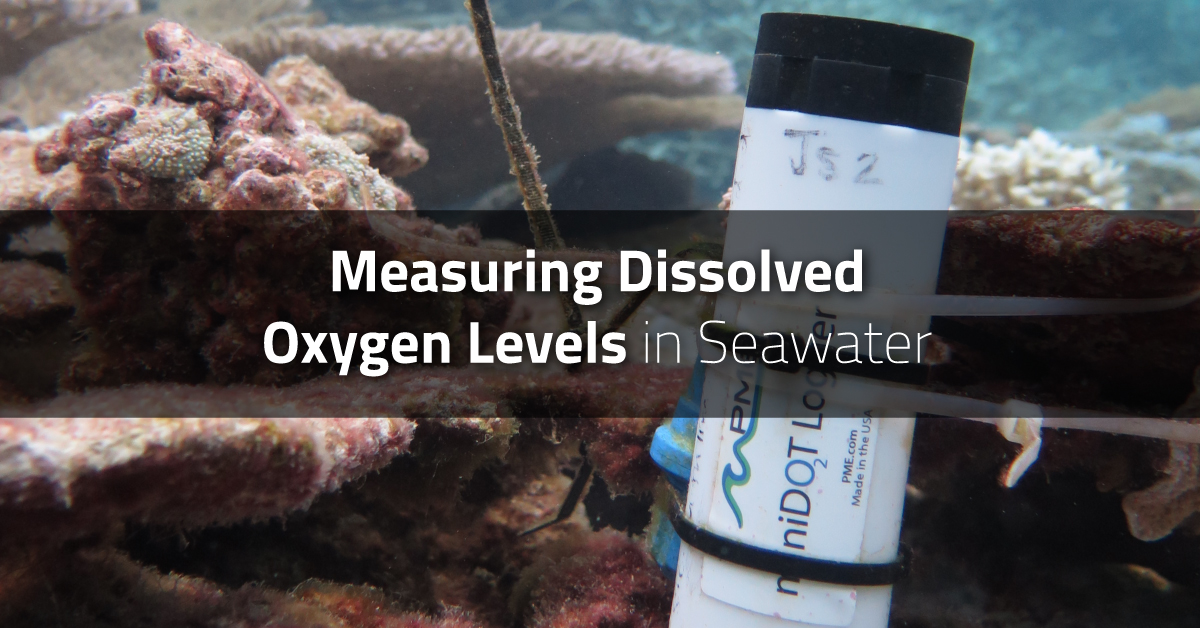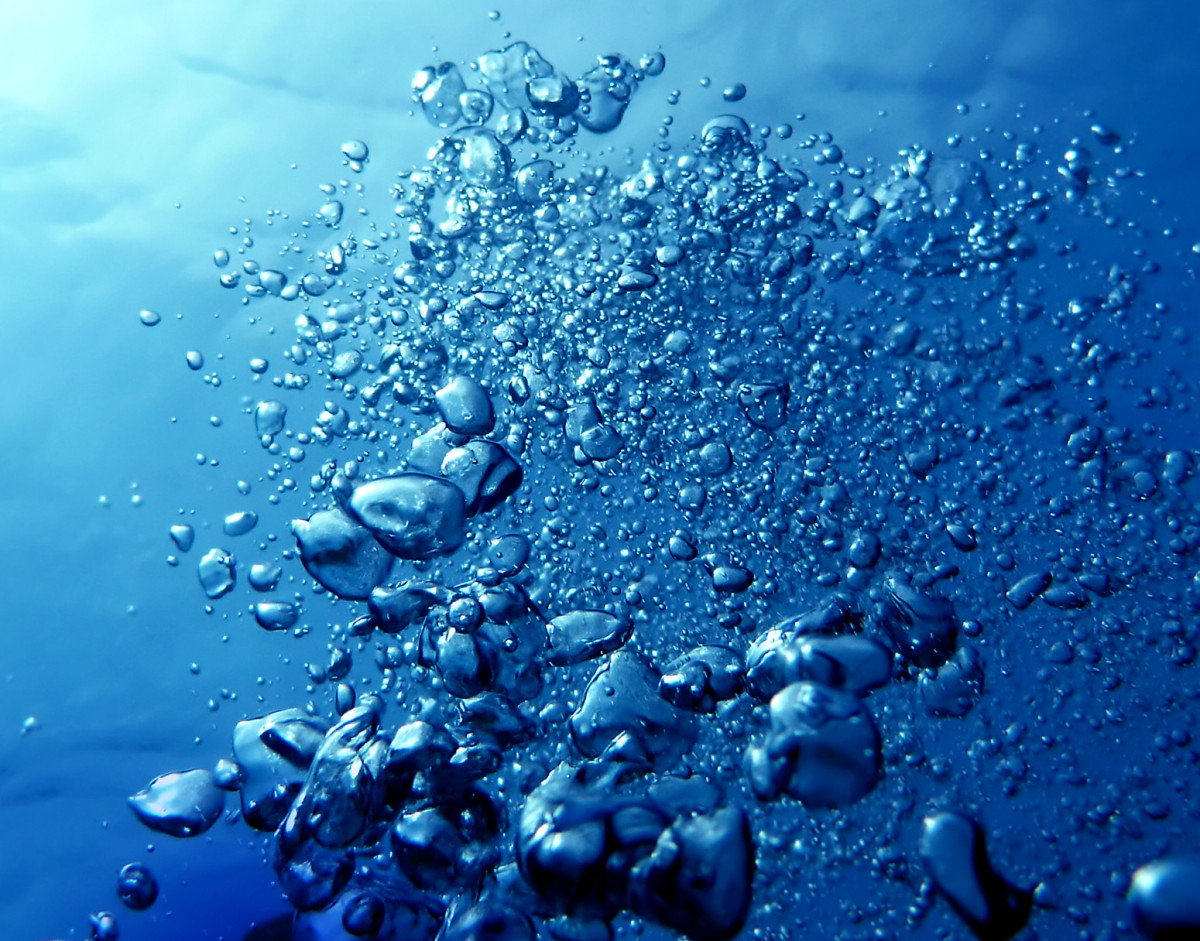Check out my build thread. My 20 is less than ideal when it comes to gas exchange and the new build incorporates all of the thinking that I have regarding proper gas exchange using flow.It seems to me the most efficient 'gas exchange' occurs at the surface of the tank water. I also tend to believe in higher flow in general - i.e. if you've even been snorkeling, etc - near reefs the amount of flow is insane compared to most tanks that I see.
Also I think since the thread you posted I have added the ERV to my house, that is also in the build thread.



















